Theros All Suite Hotel deign by Mastrominas ARChitecture #architecture

© Mastrominas ARChitecture, George Papapostolou, Brechenmacher & Baumann Photography

© Mastrominas ARChitecture, George Papapostolou, Brechenmacher & Baumann Photography

© Mastrominas ARChitecture, George Papapostolou, Brechenmacher & Baumann Photography

© Mastrominas ARChitecture, George Papapostolou, Brechenmacher & Baumann Photography

© Mastrominas ARChitecture, George Papapostolou, Brechenmacher & Baumann Photography

© Mastrominas ARChitecture, George Papapostolou, Brechenmacher & Baumann Photography

© Mastrominas ARChitecture, George Papapostolou, Brechenmacher & Baumann Photography
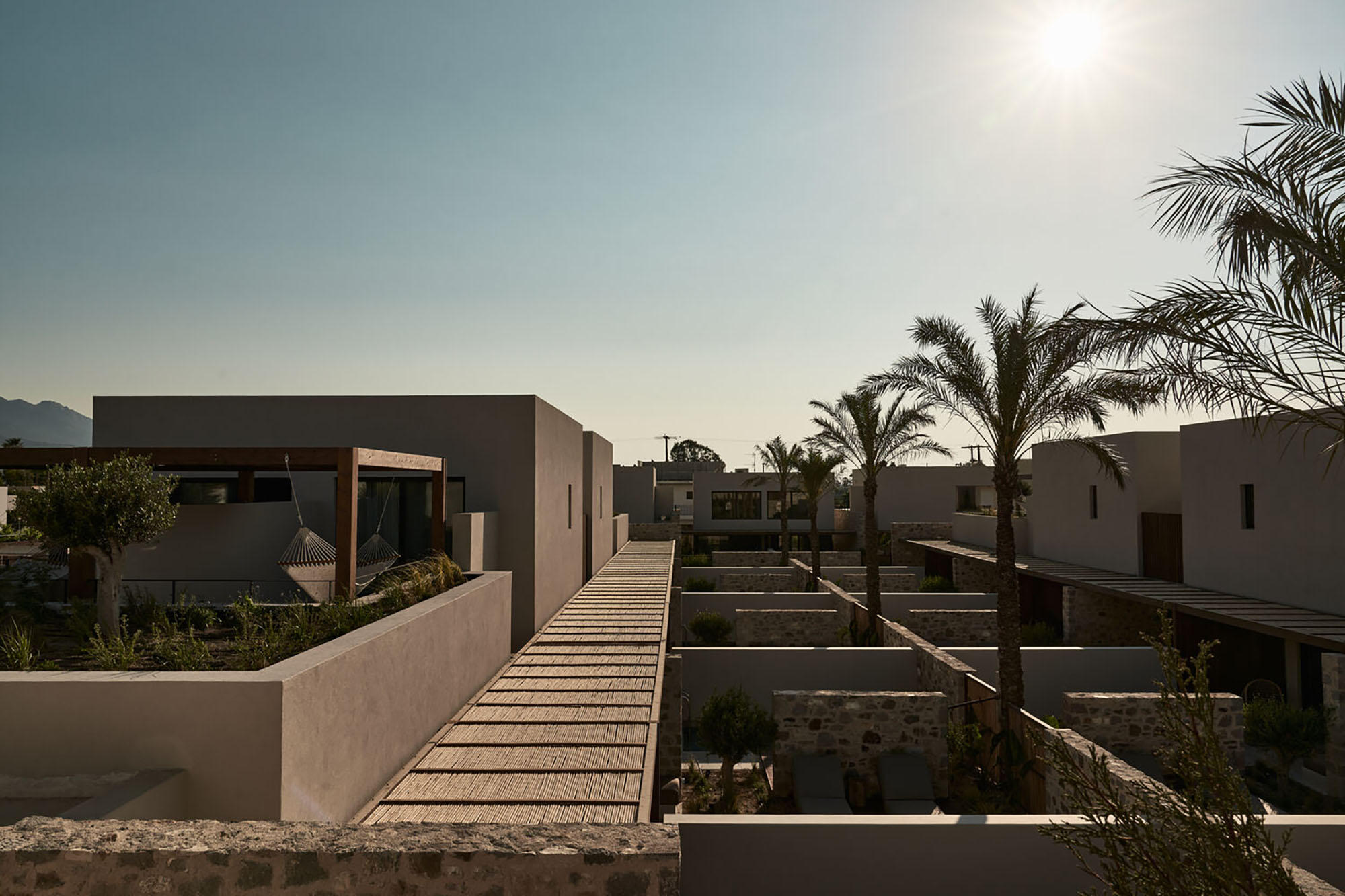
© Mastrominas ARChitecture, George Papapostolou, Brechenmacher & Baumann Photography
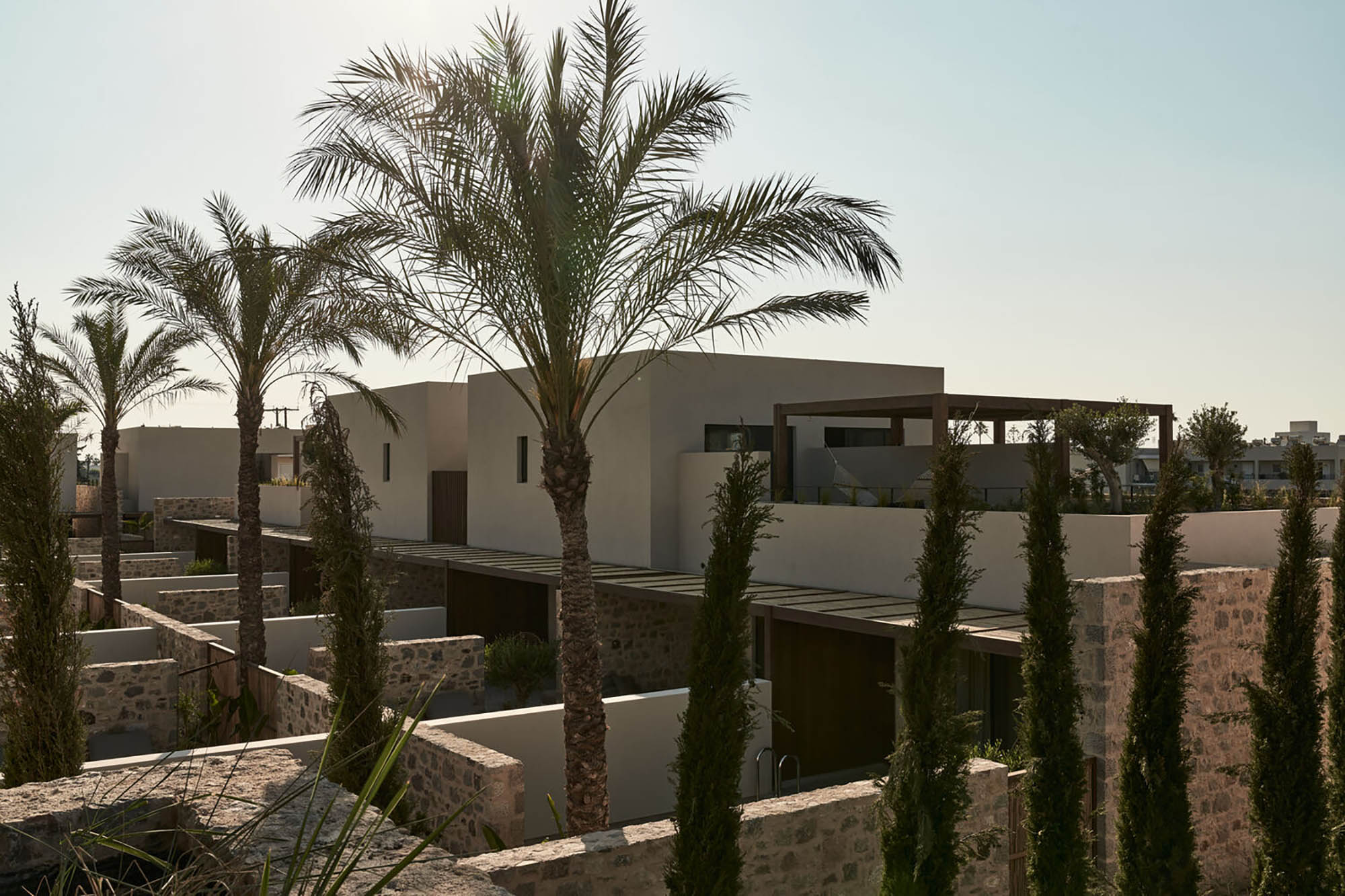
© Mastrominas ARChitecture, George Papapostolou, Brechenmacher & Baumann Photography
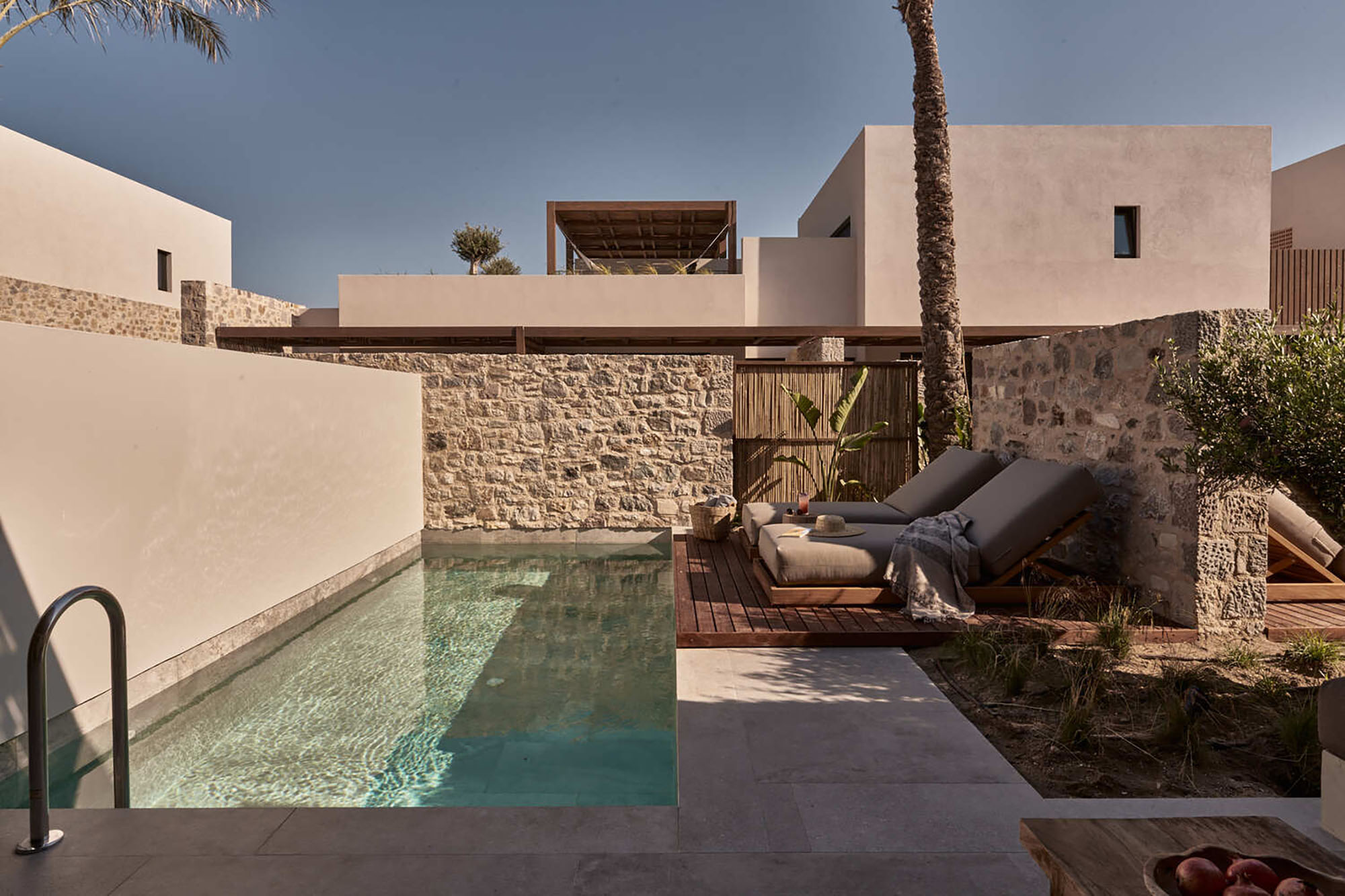
© Mastrominas ARChitecture, George Papapostolou, Brechenmacher & Baumann Photography
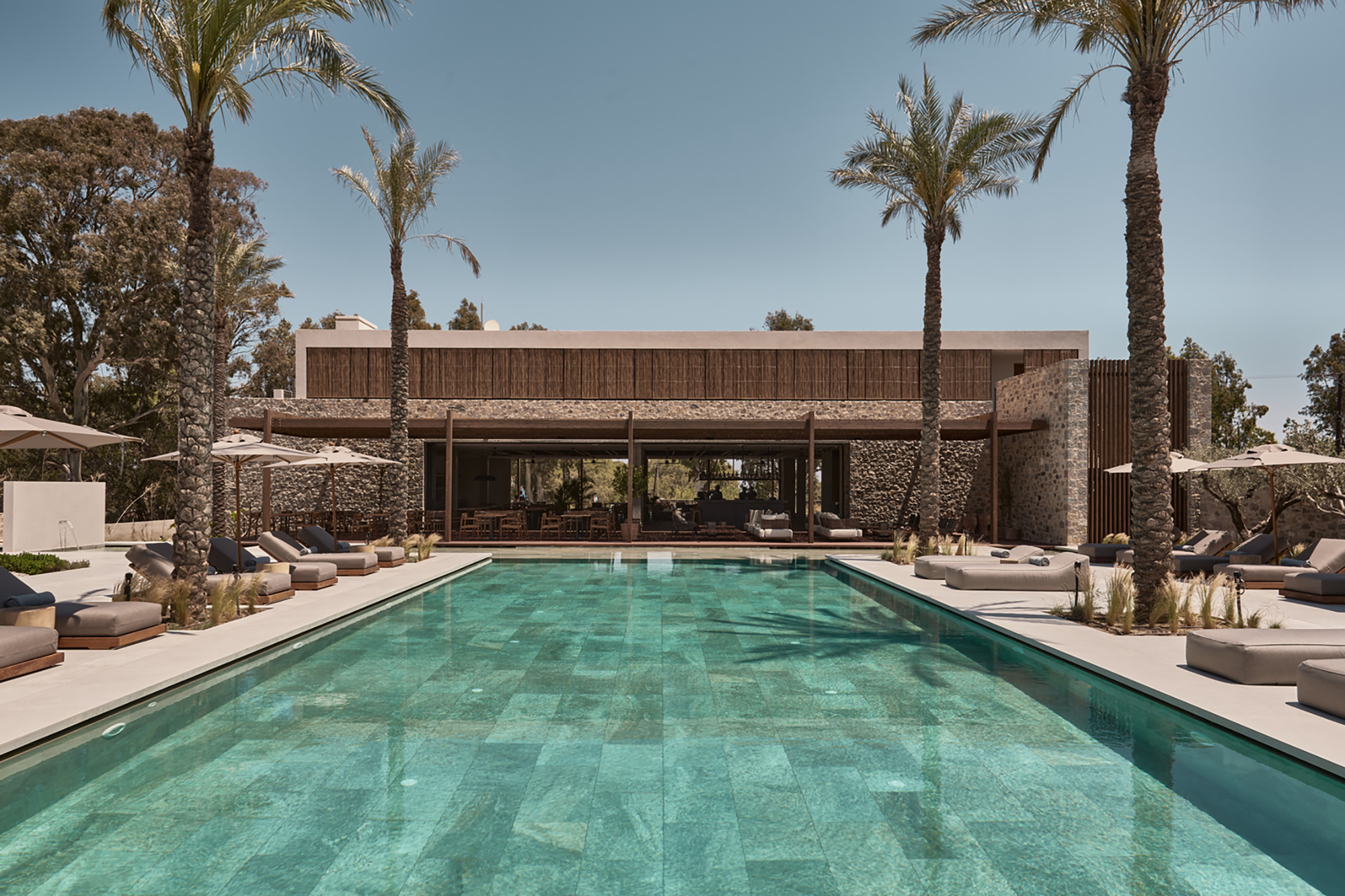
© Mastrominas ARChitecture, George Papapostolou, Brechenmacher & Baumann Photography
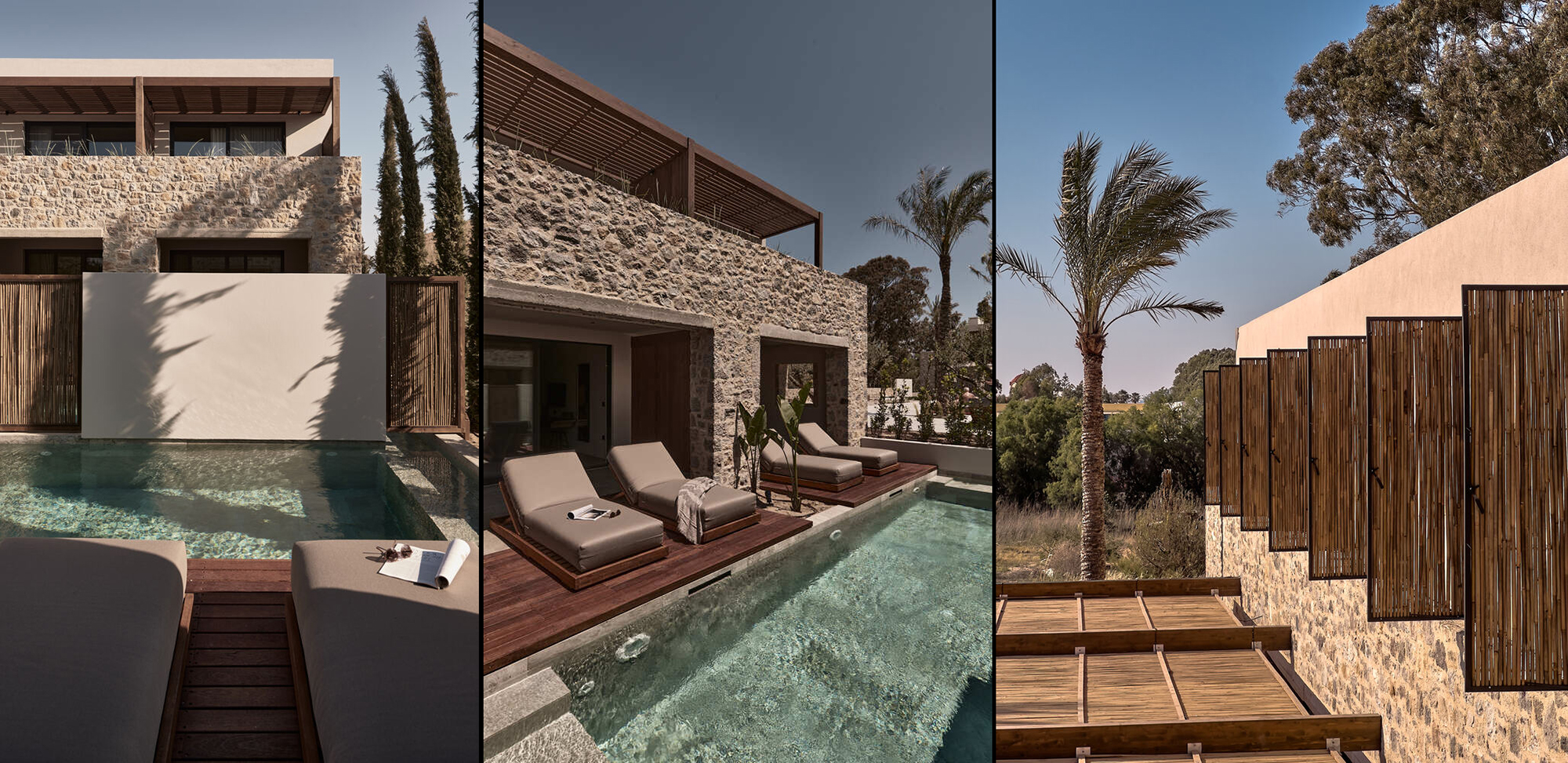
© Mastrominas ARChitecture, George Papapostolou, Brechenmacher & Baumann Photography
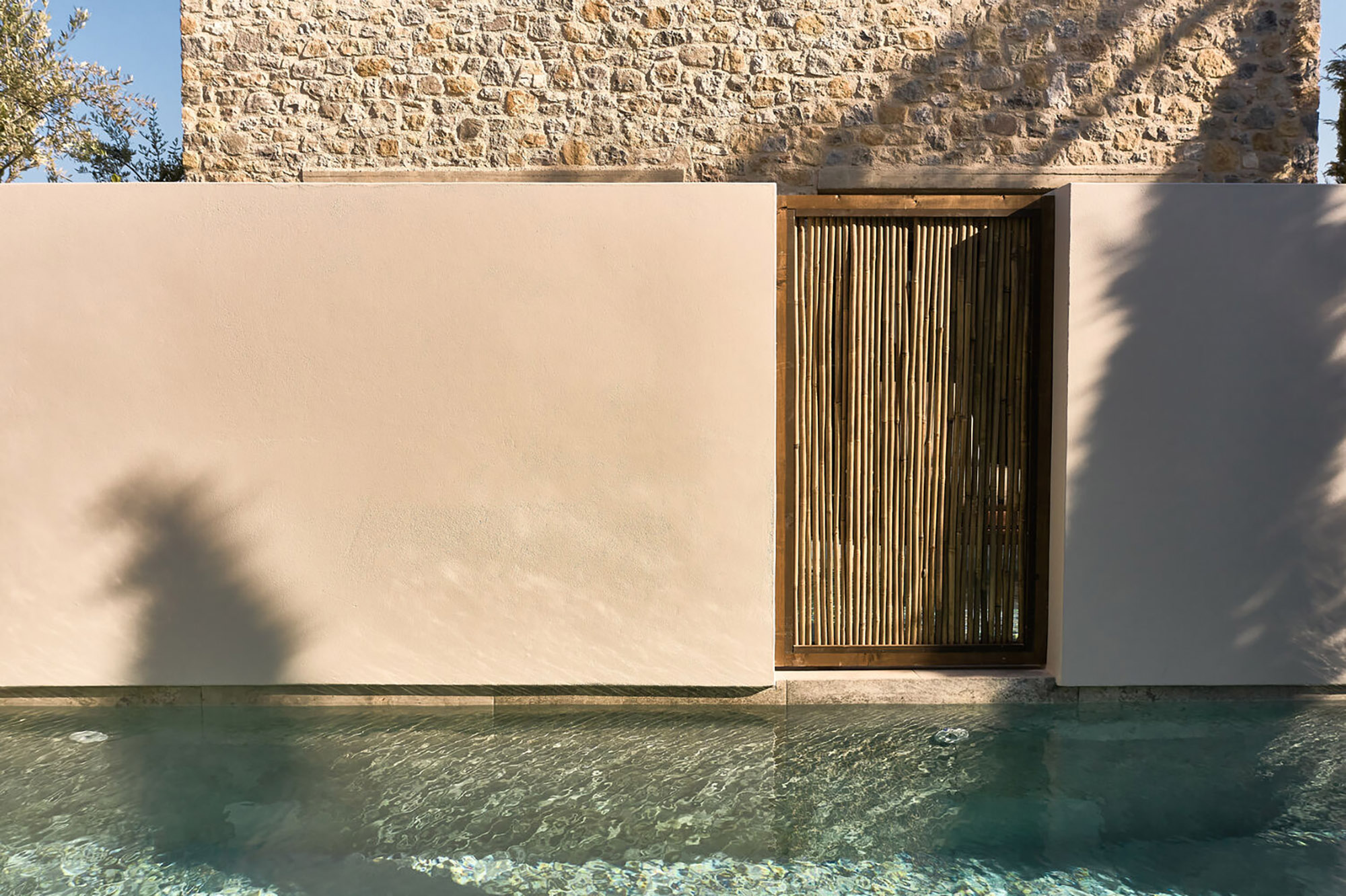
© Mastrominas ARChitecture, George Papapostolou, Brechenmacher & Baumann Photography

© Mastrominas ARChitecture, George Papapostolou, Brechenmacher & Baumann Photography
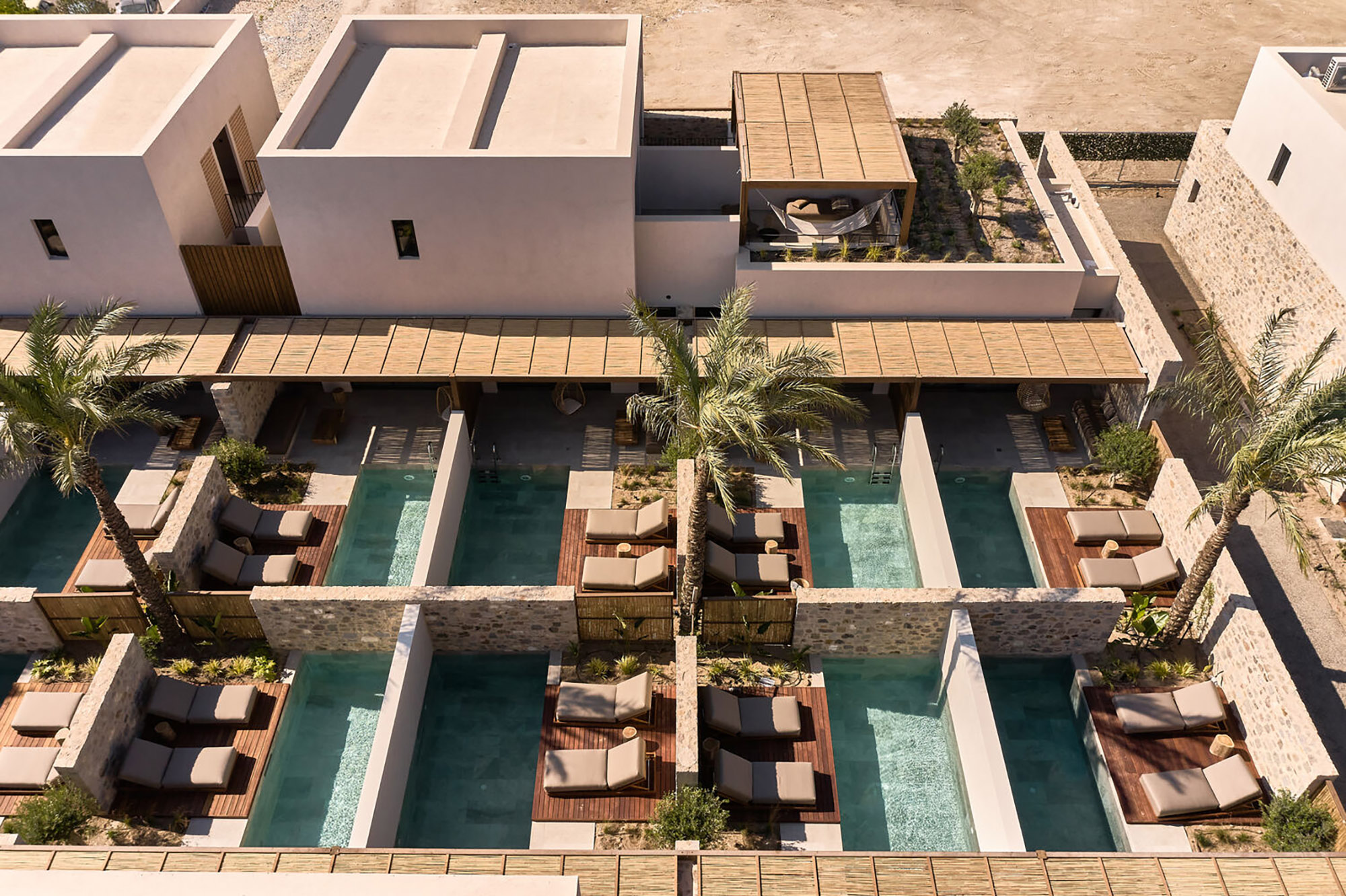
© Mastrominas ARChitecture, George Papapostolou, Brechenmacher & Baumann Photography
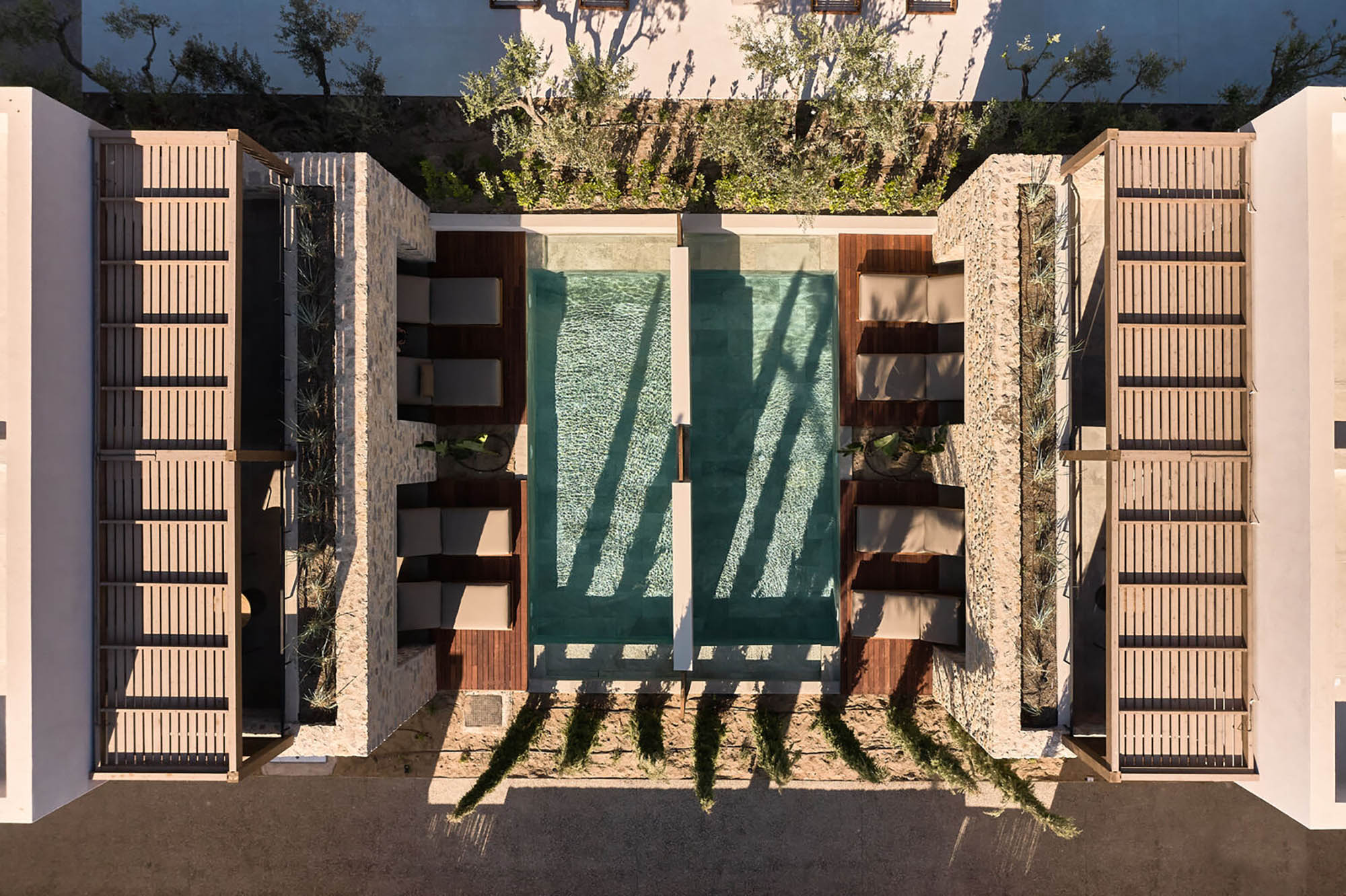
© Mastrominas ARChitecture, George Papapostolou, Brechenmacher & Baumann Photography
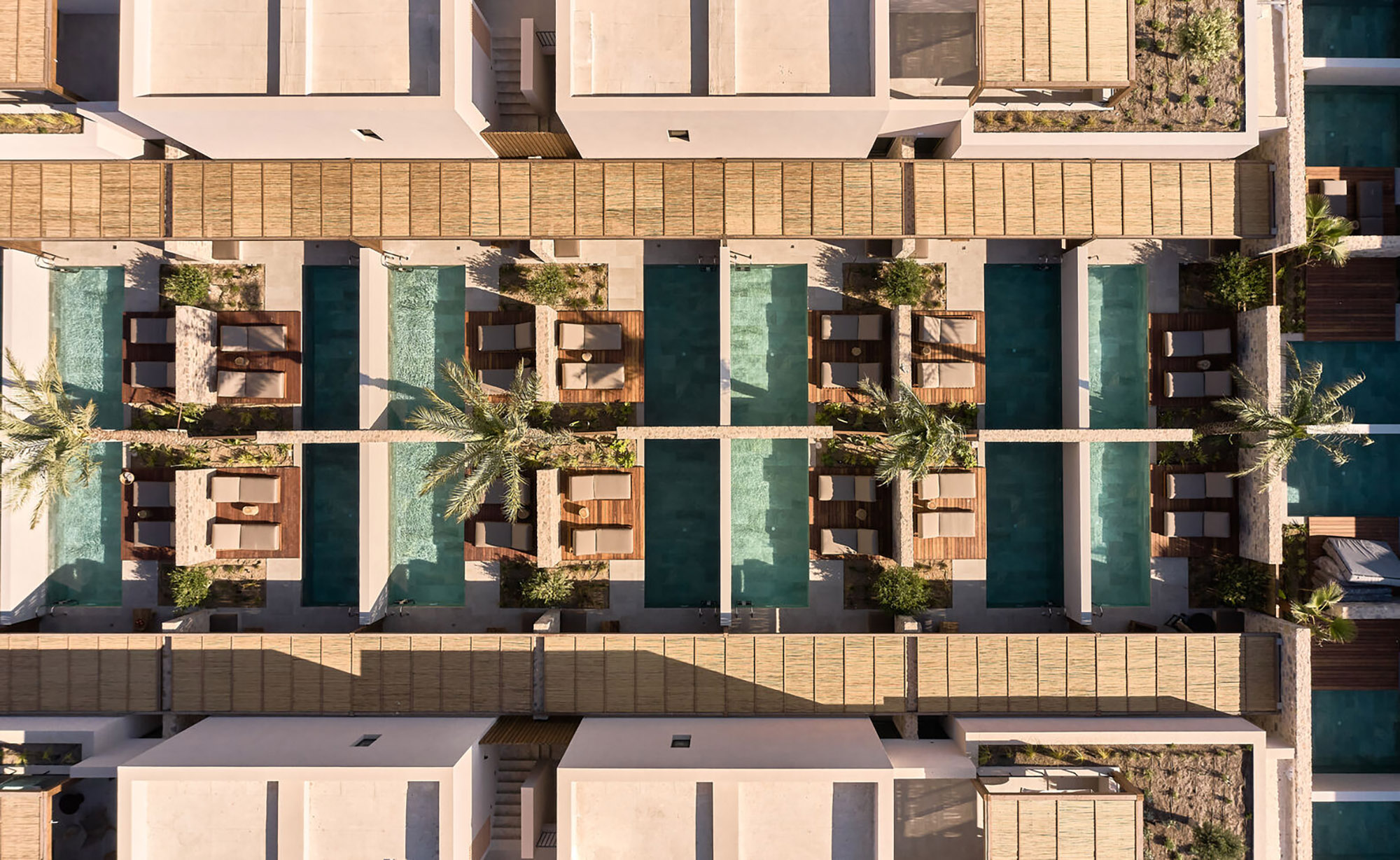
© Mastrominas ARChitecture, George Papapostolou, Brechenmacher & Baumann Photography
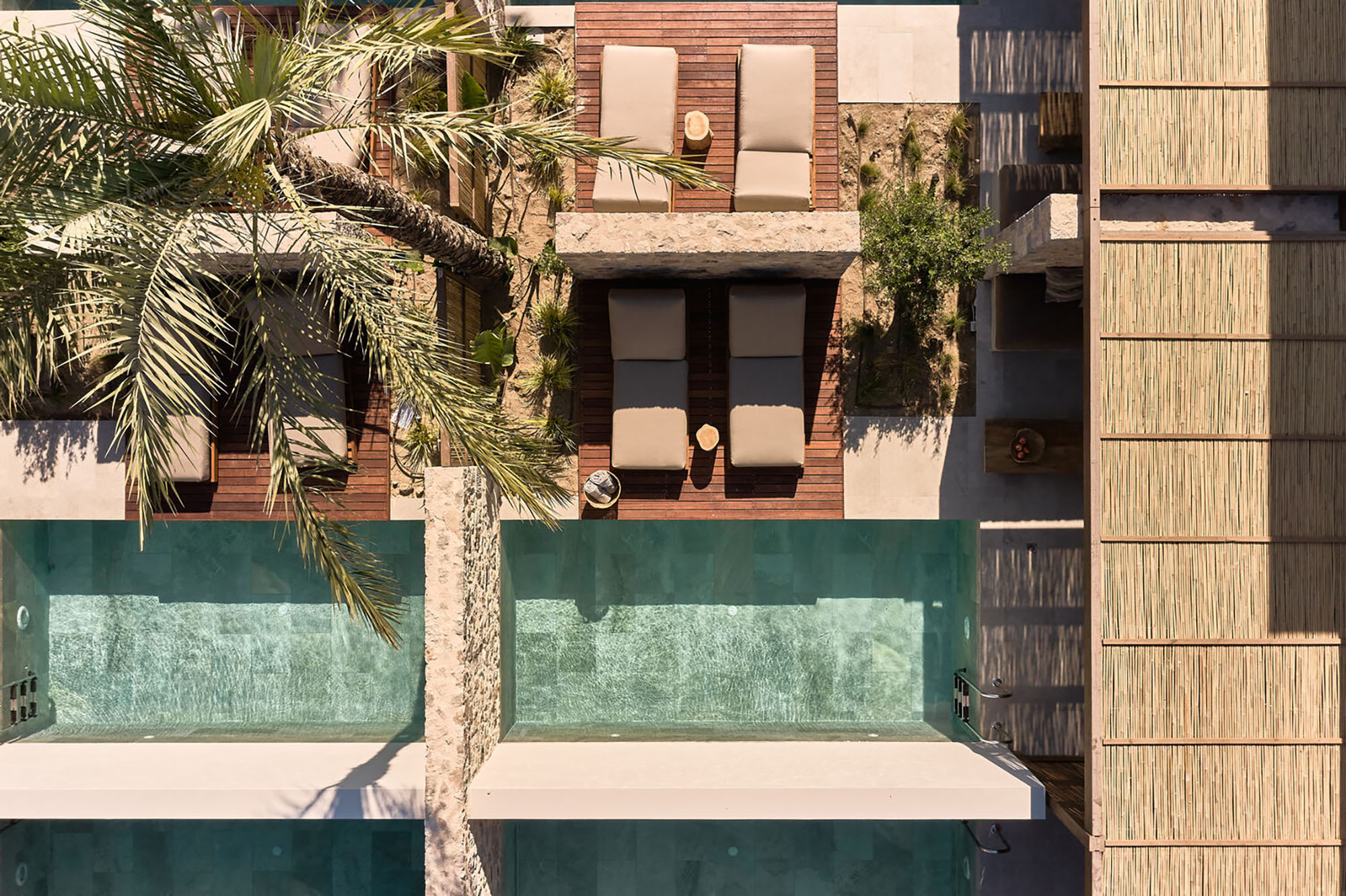
© Mastrominas ARChitecture, George Papapostolou, Brechenmacher & Baumann Photography
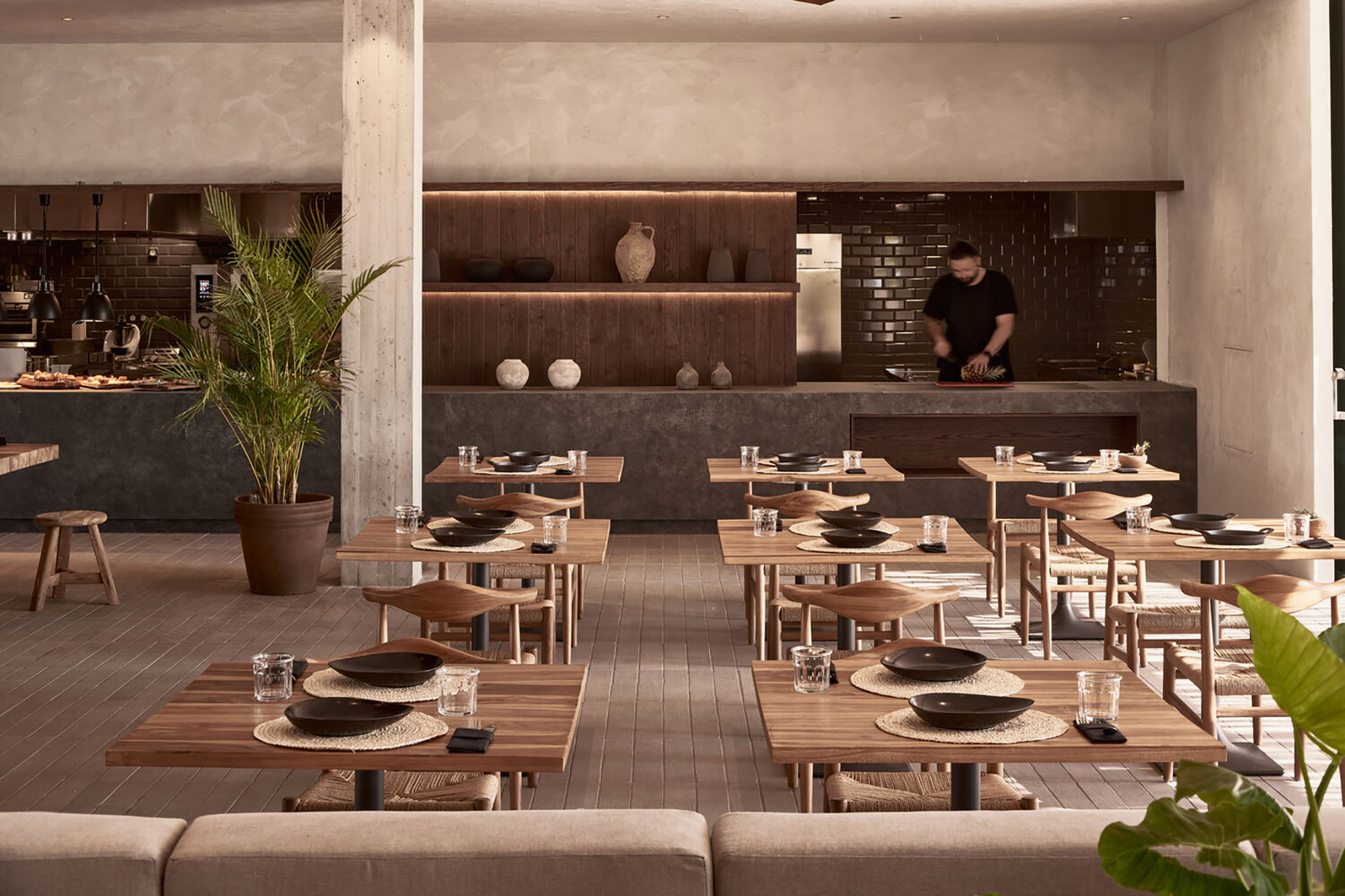
© Mastrominas ARChitecture, George Papapostolou, Brechenmacher & Baumann Photography
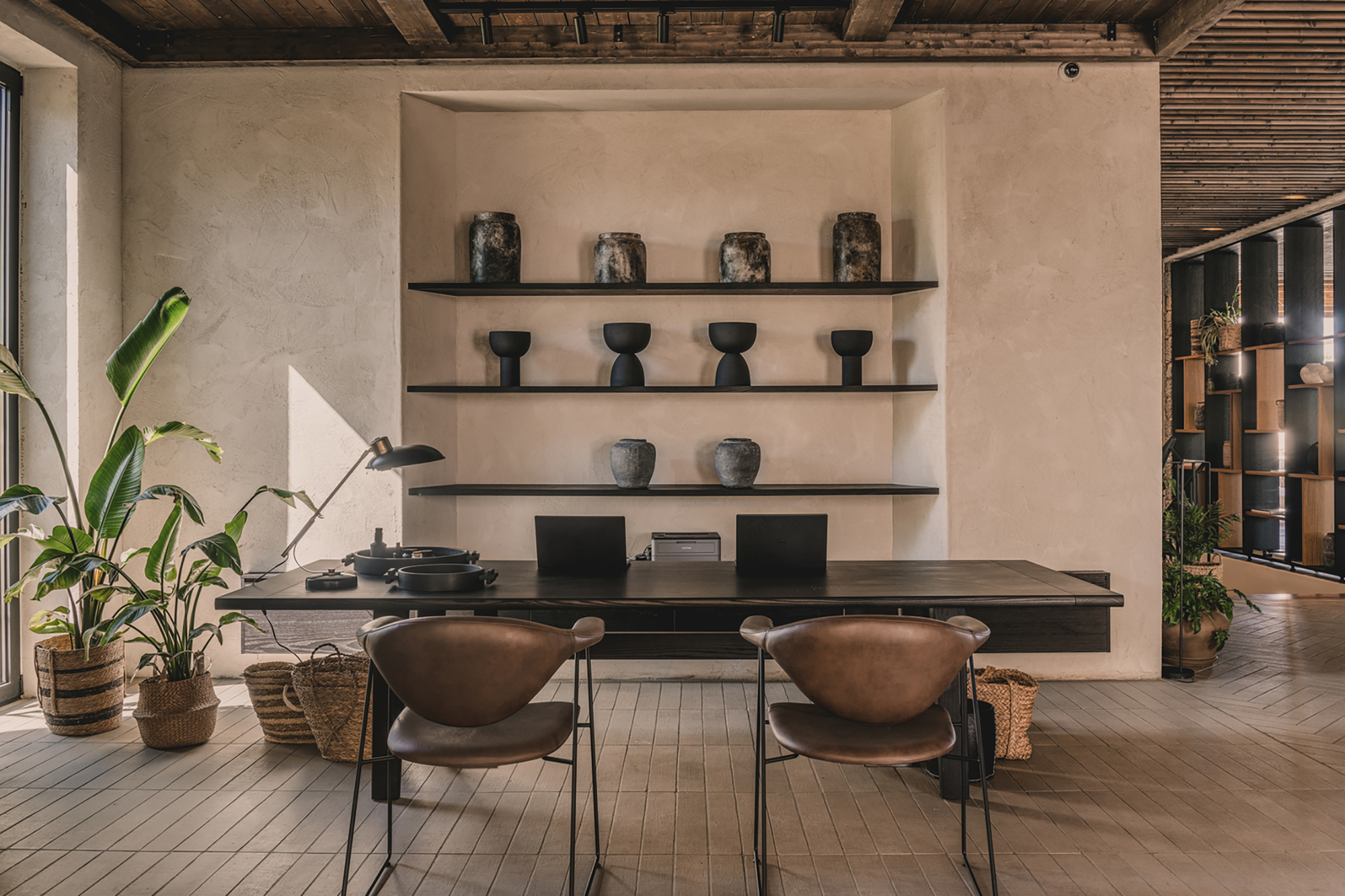
© Mastrominas ARChitecture, George Papapostolou, Brechenmacher & Baumann Photography
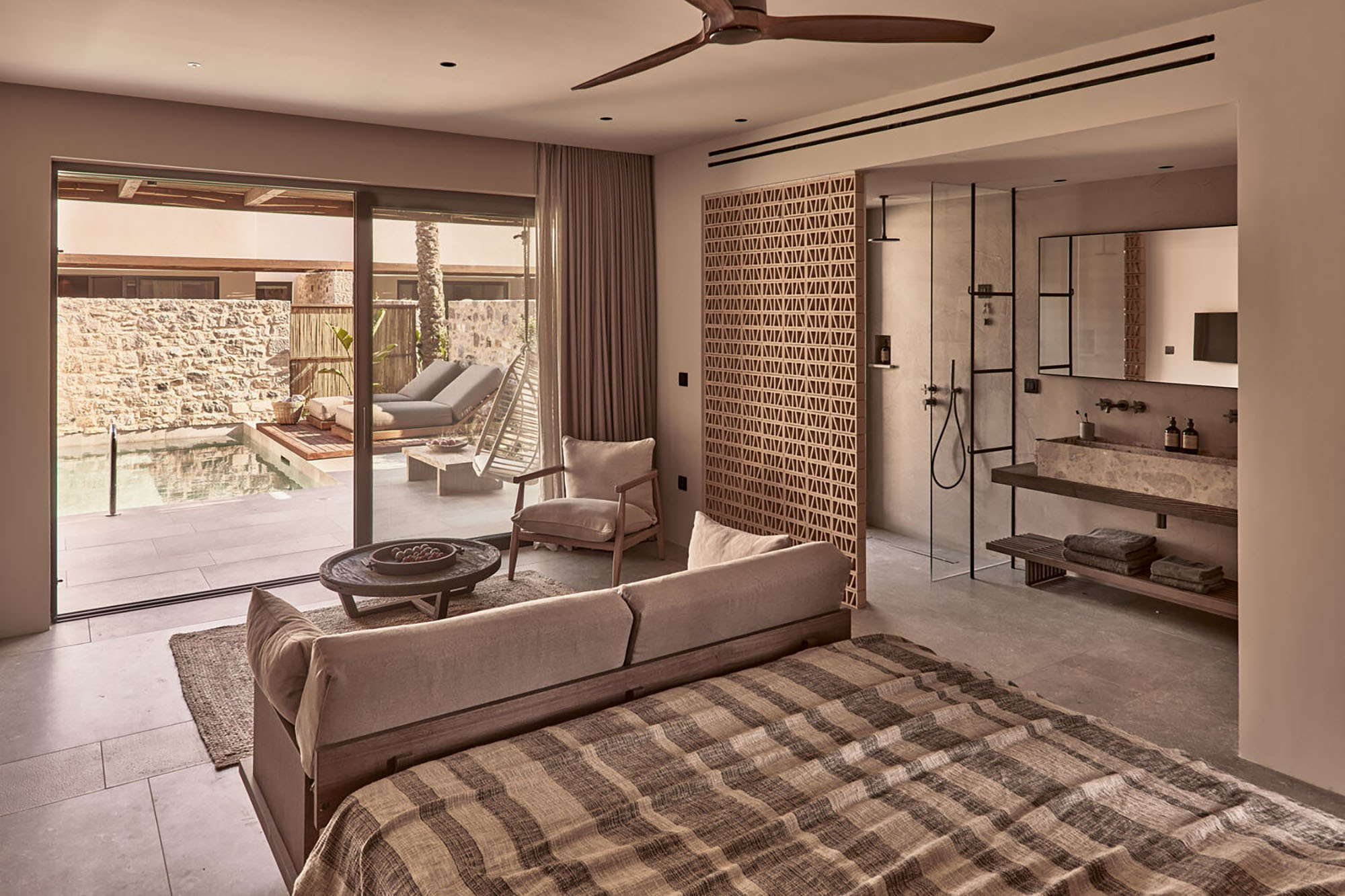
© Mastrominas ARChitecture, George Papapostolou, Brechenmacher & Baumann Photography
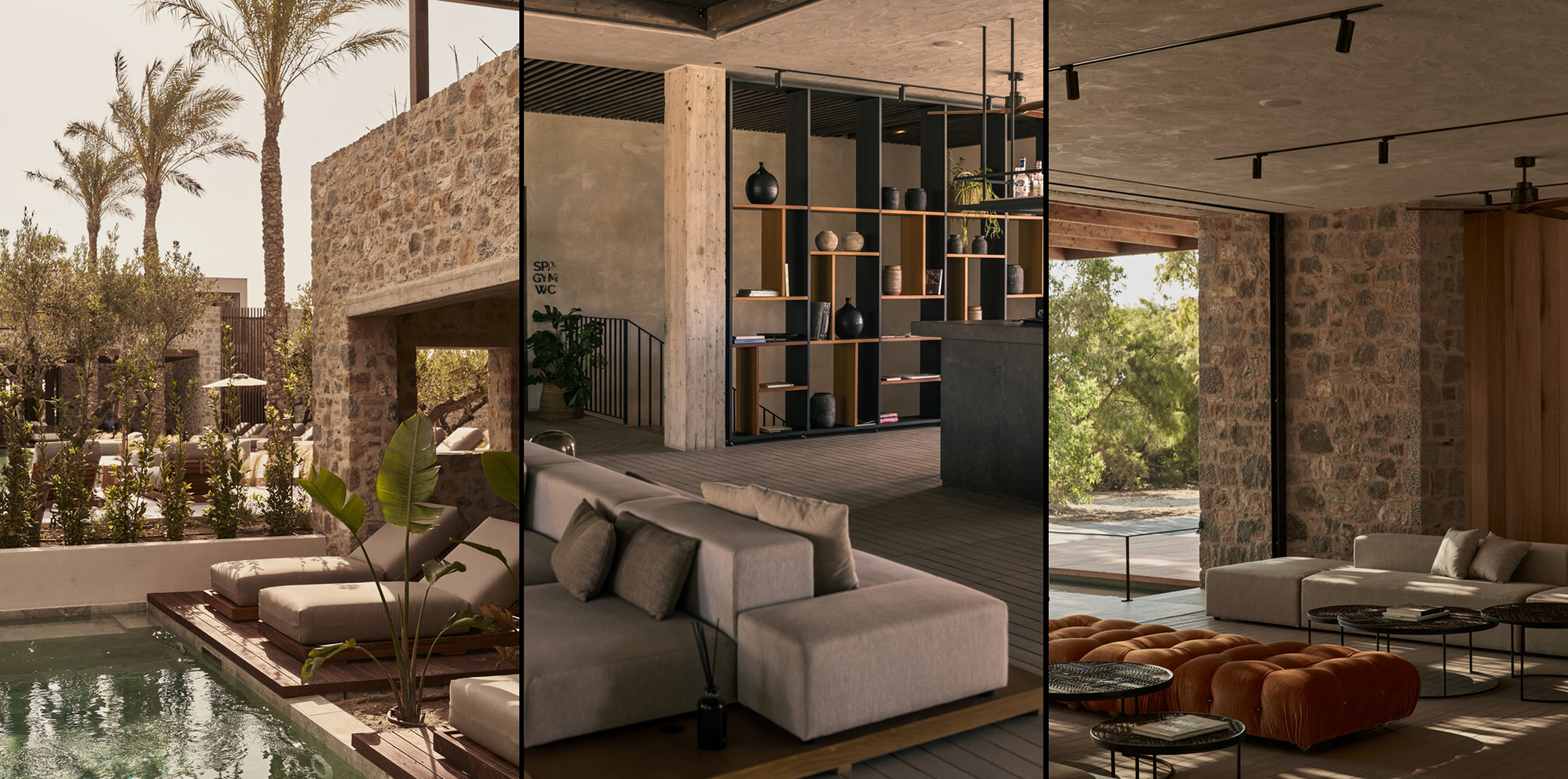
© Mastrominas ARChitecture, George Papapostolou, Brechenmacher & Baumann Photography
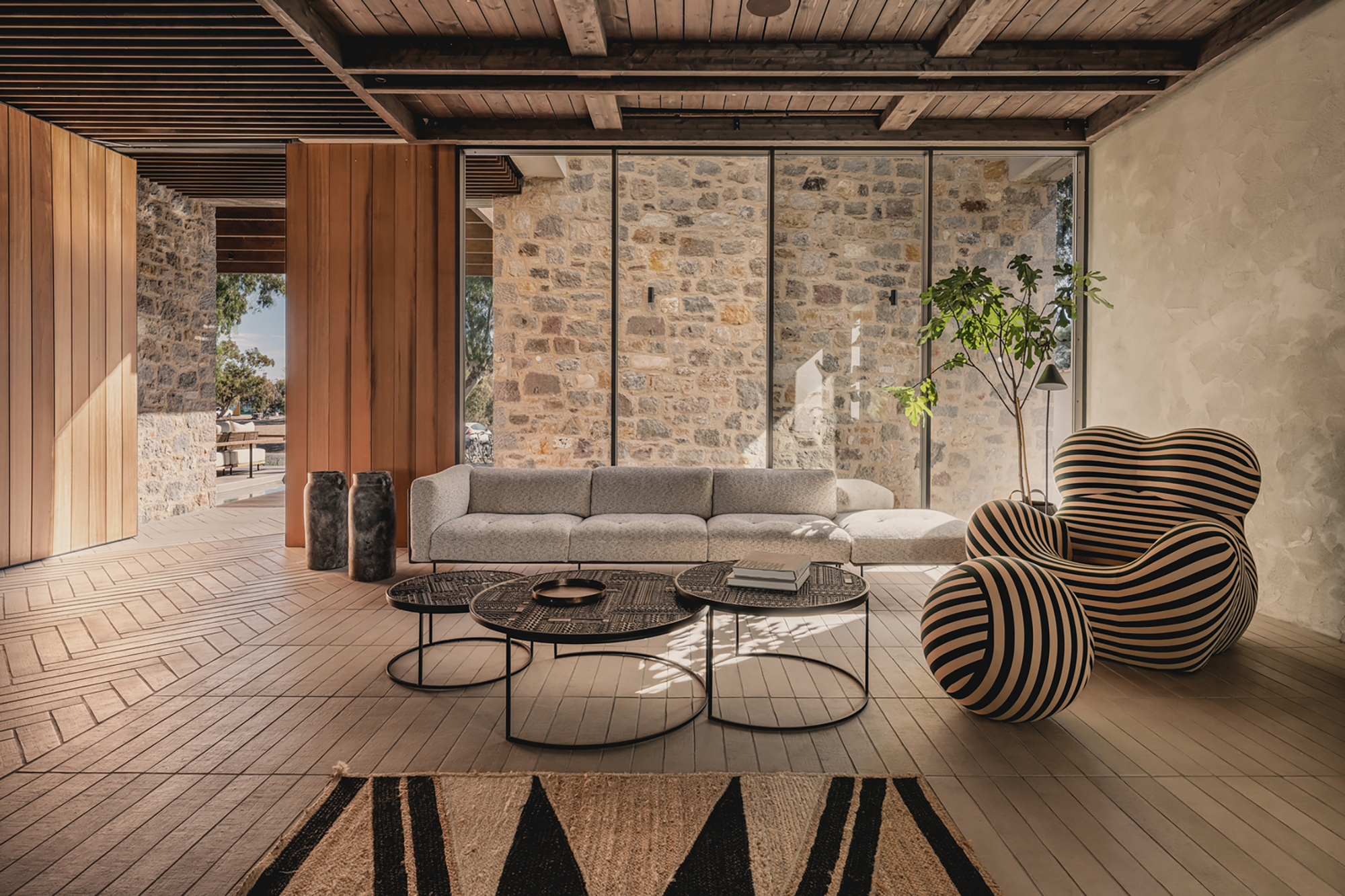
© Mastrominas ARChitecture, George Papapostolou, Brechenmacher & Baumann Photography
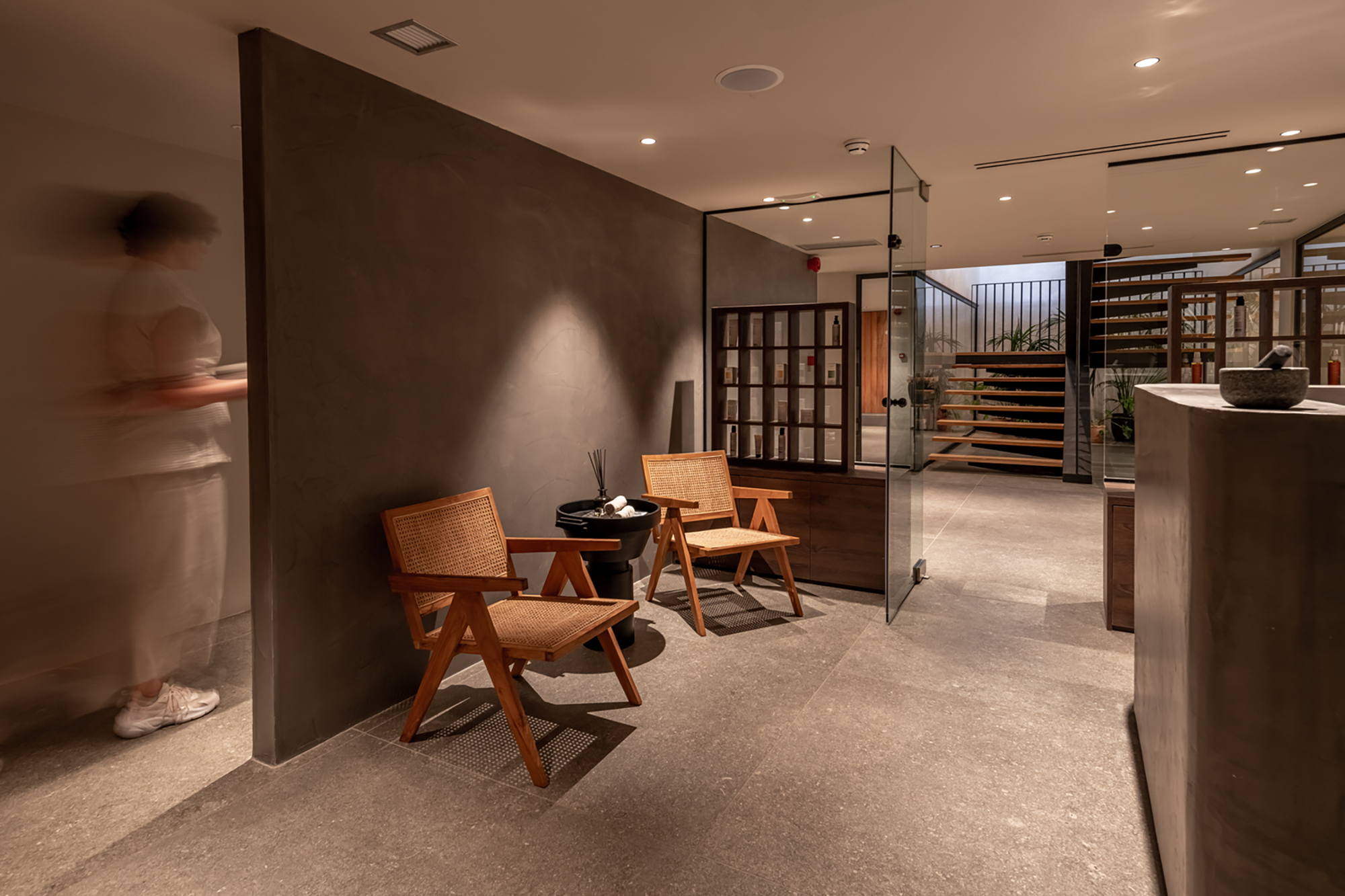
© Mastrominas ARChitecture, George Papapostolou, Brechenmacher & Baumann Photography
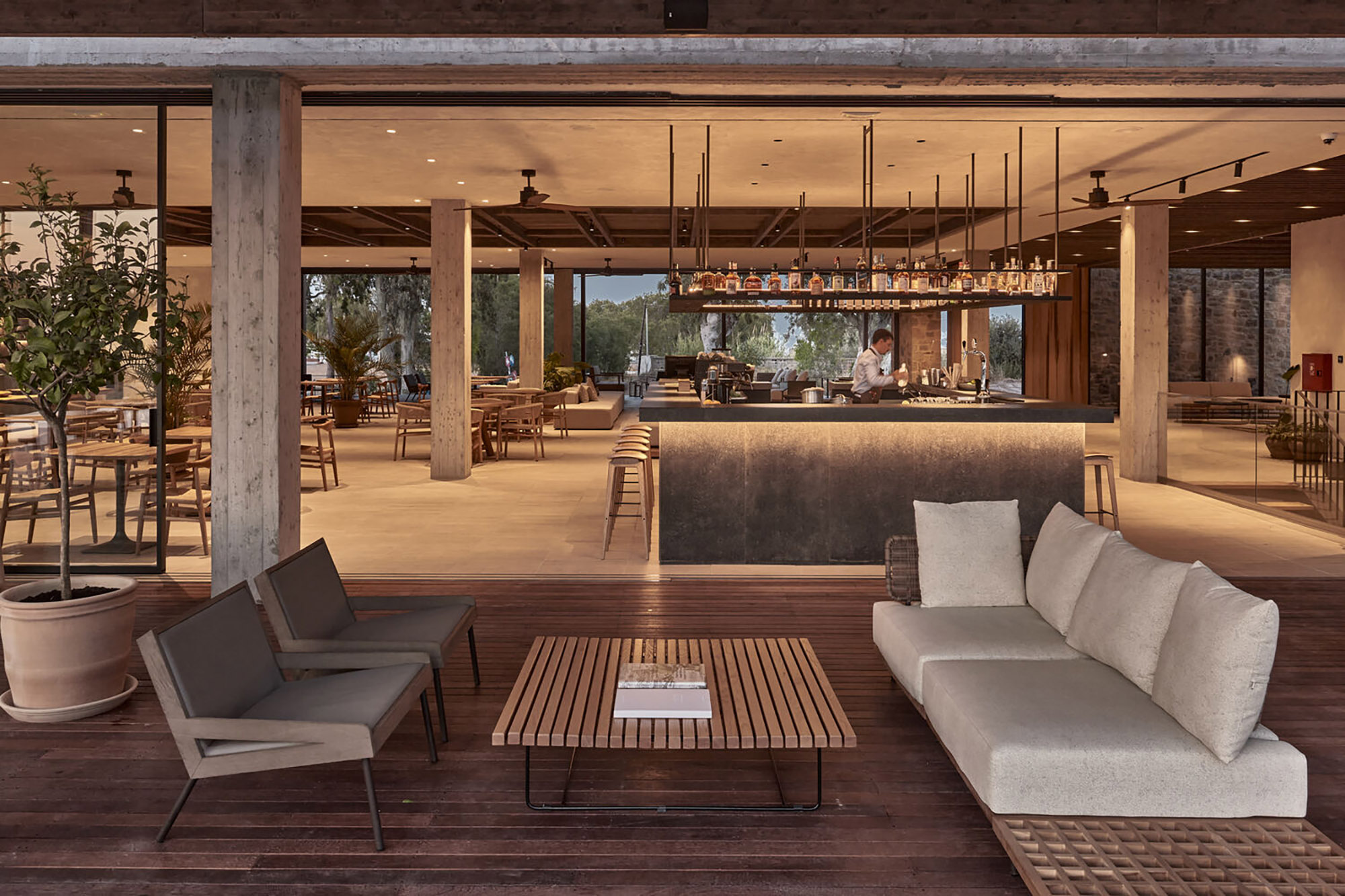
© Mastrominas ARChitecture, George Papapostolou, Brechenmacher & Baumann Photography
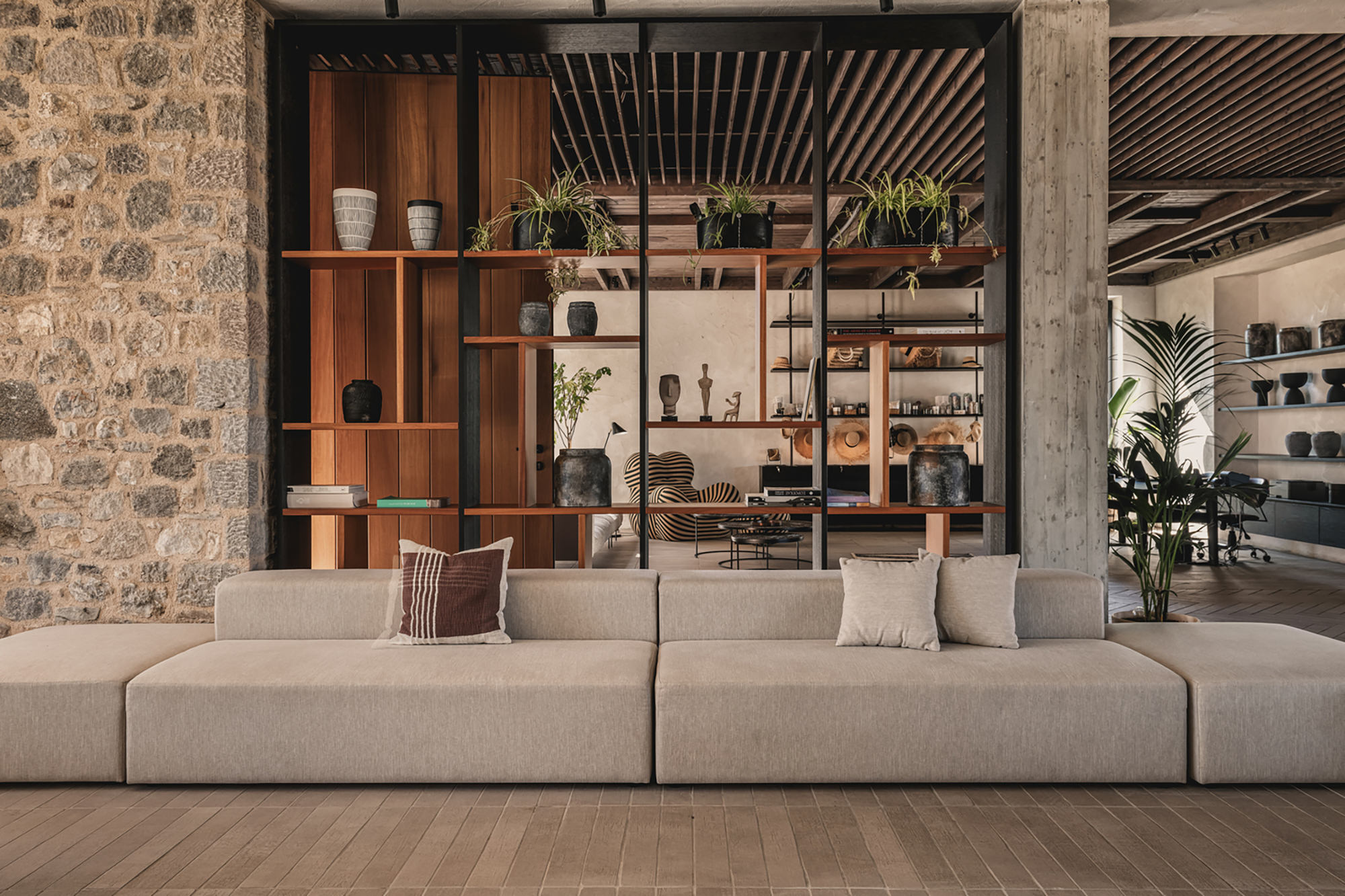
© Mastrominas ARChitecture, George Papapostolou, Brechenmacher & Baumann Photography
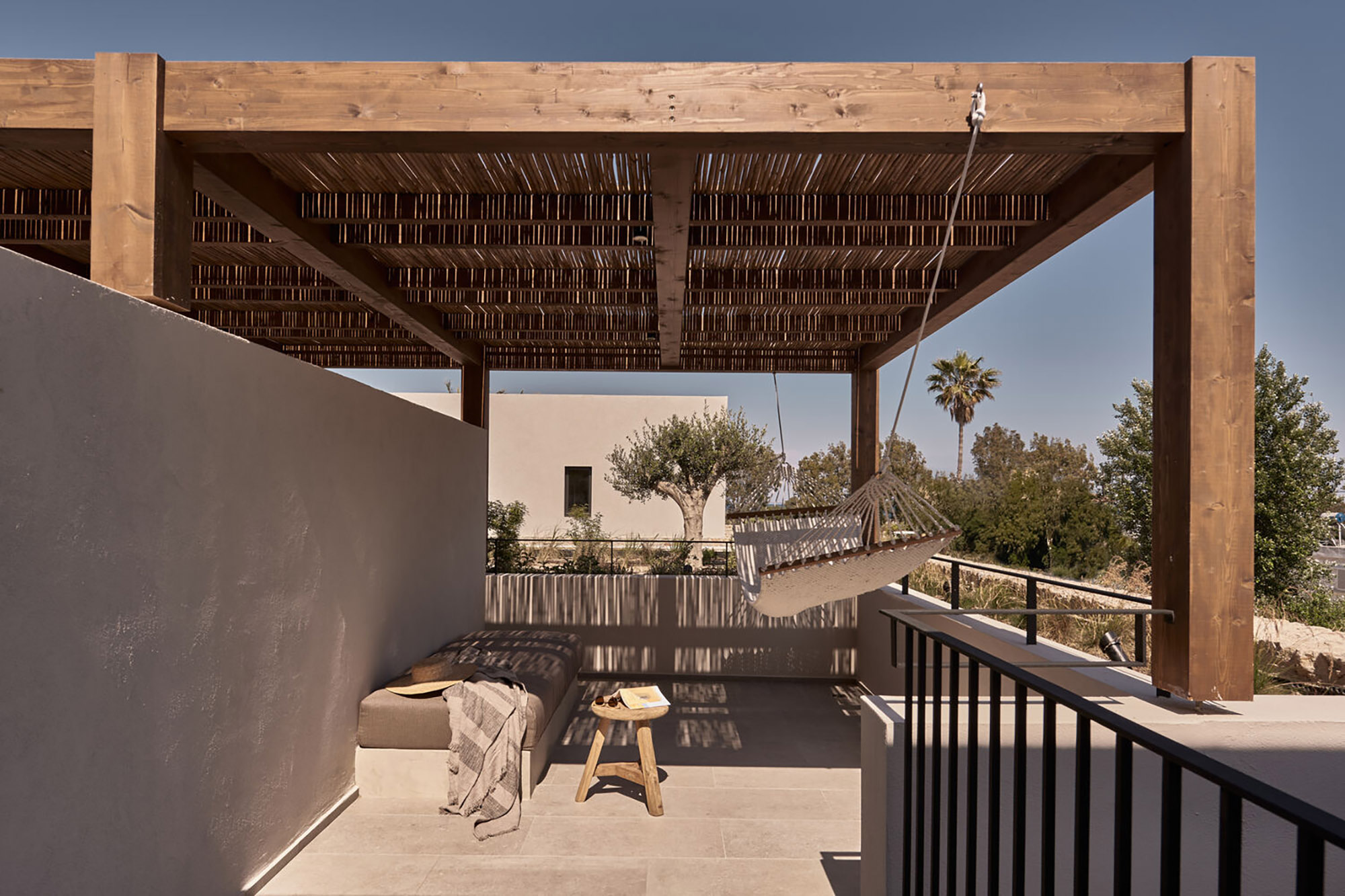
© Mastrominas ARChitecture, George Papapostolou, Brechenmacher & Baumann Photography
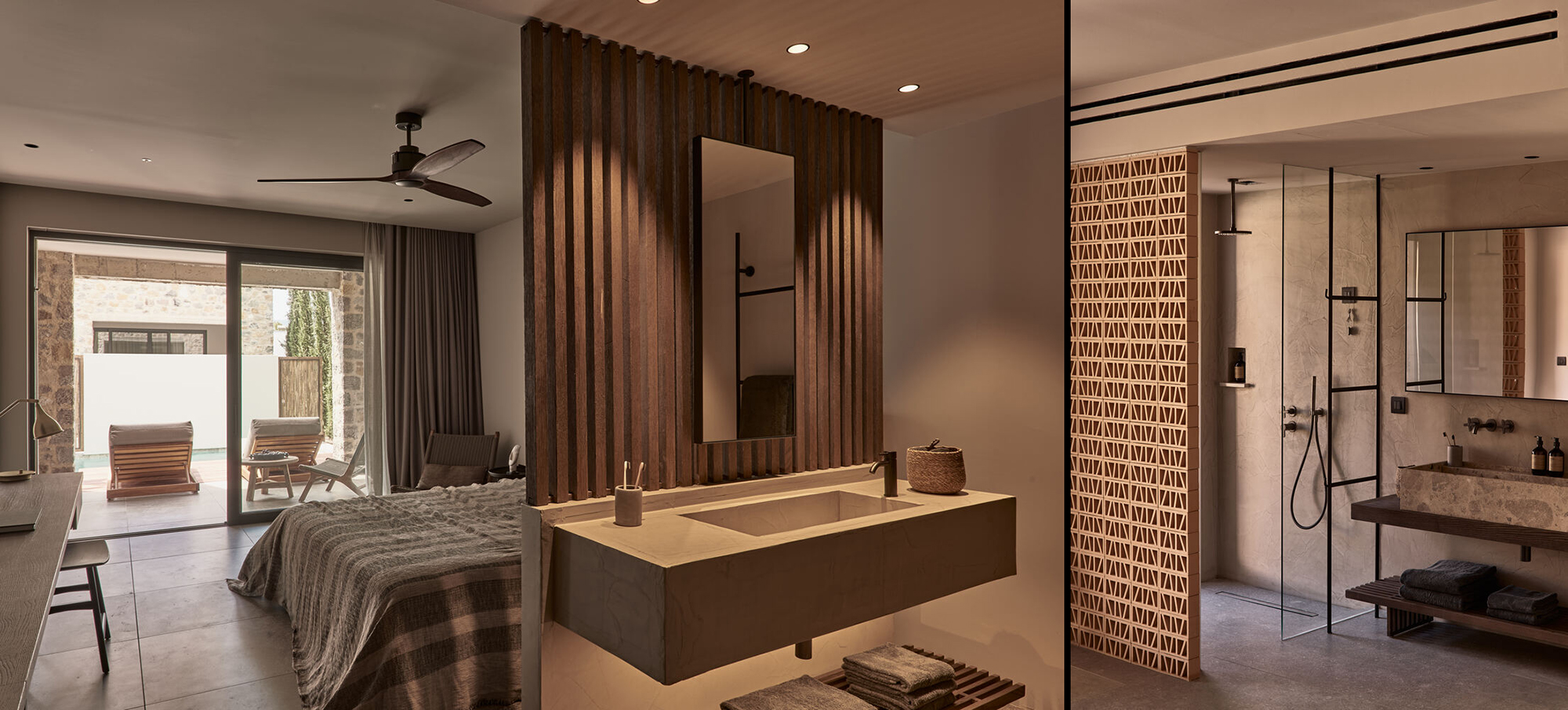
© Mastrominas ARChitecture, George Papapostolou, Brechenmacher & Baumann Photography
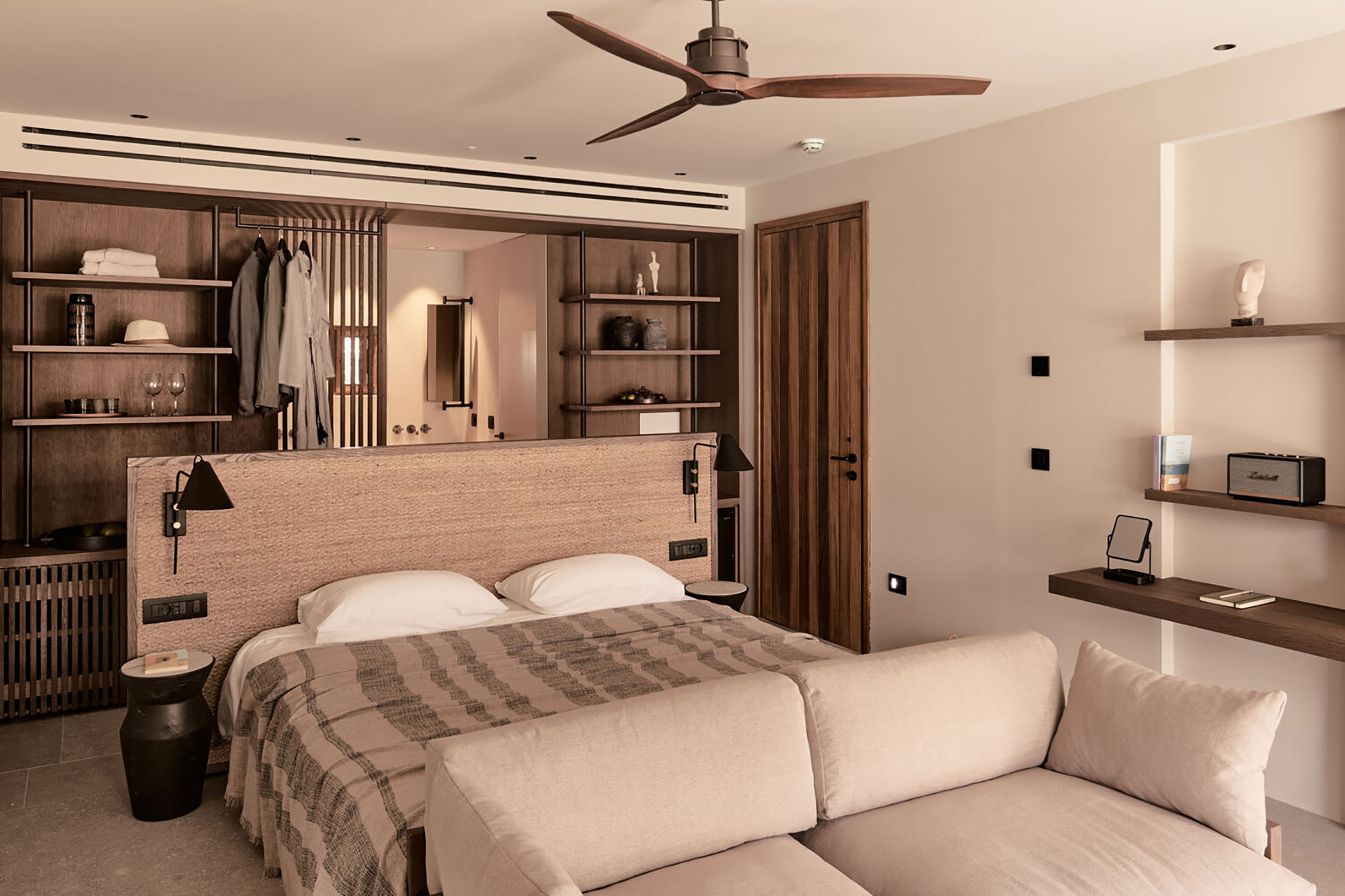
© Mastrominas ARChitecture, George Papapostolou, Brechenmacher & Baumann Photography
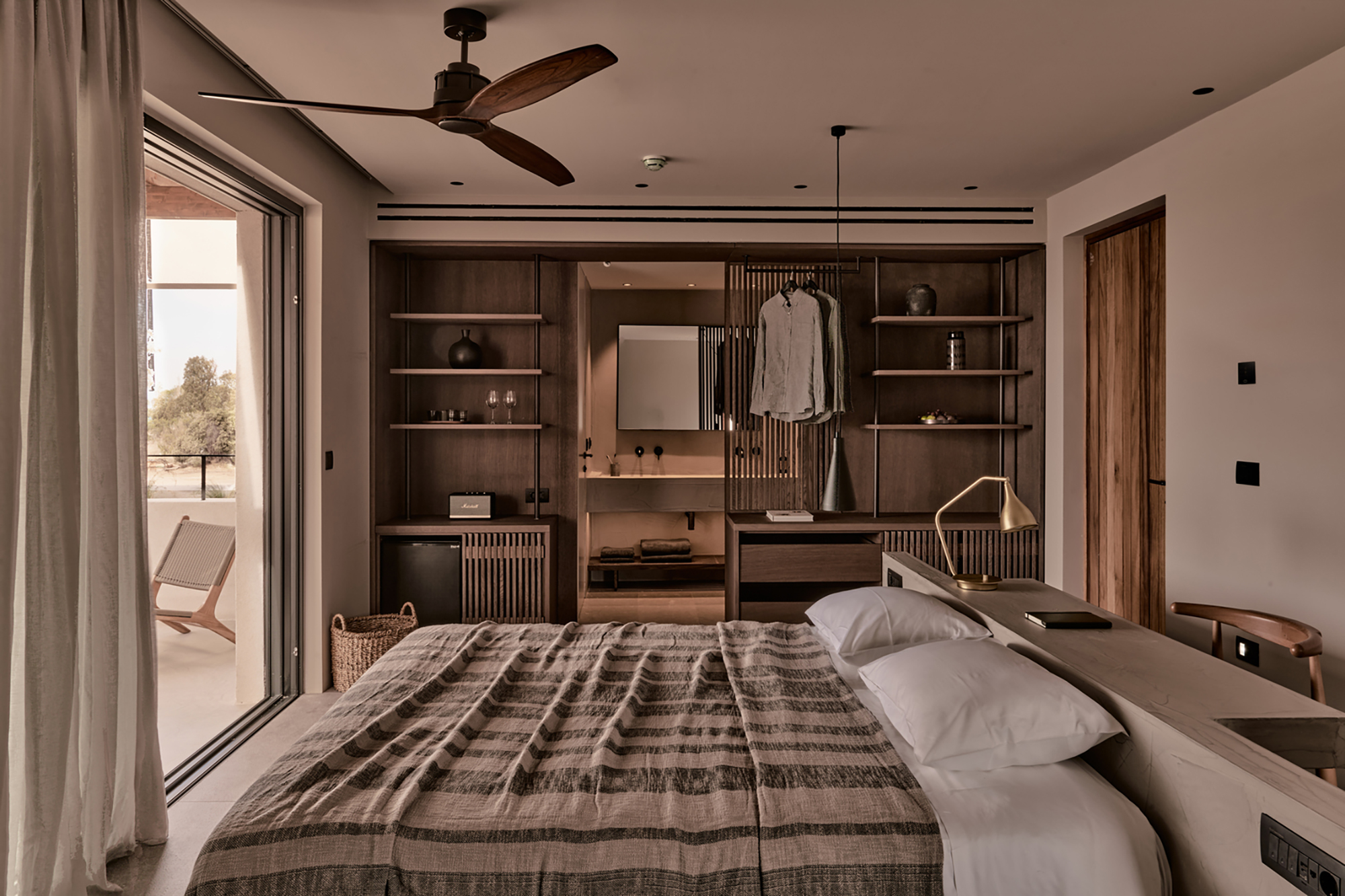
© Mastrominas ARChitecture, George Papapostolou, Brechenmacher & Baumann Photography
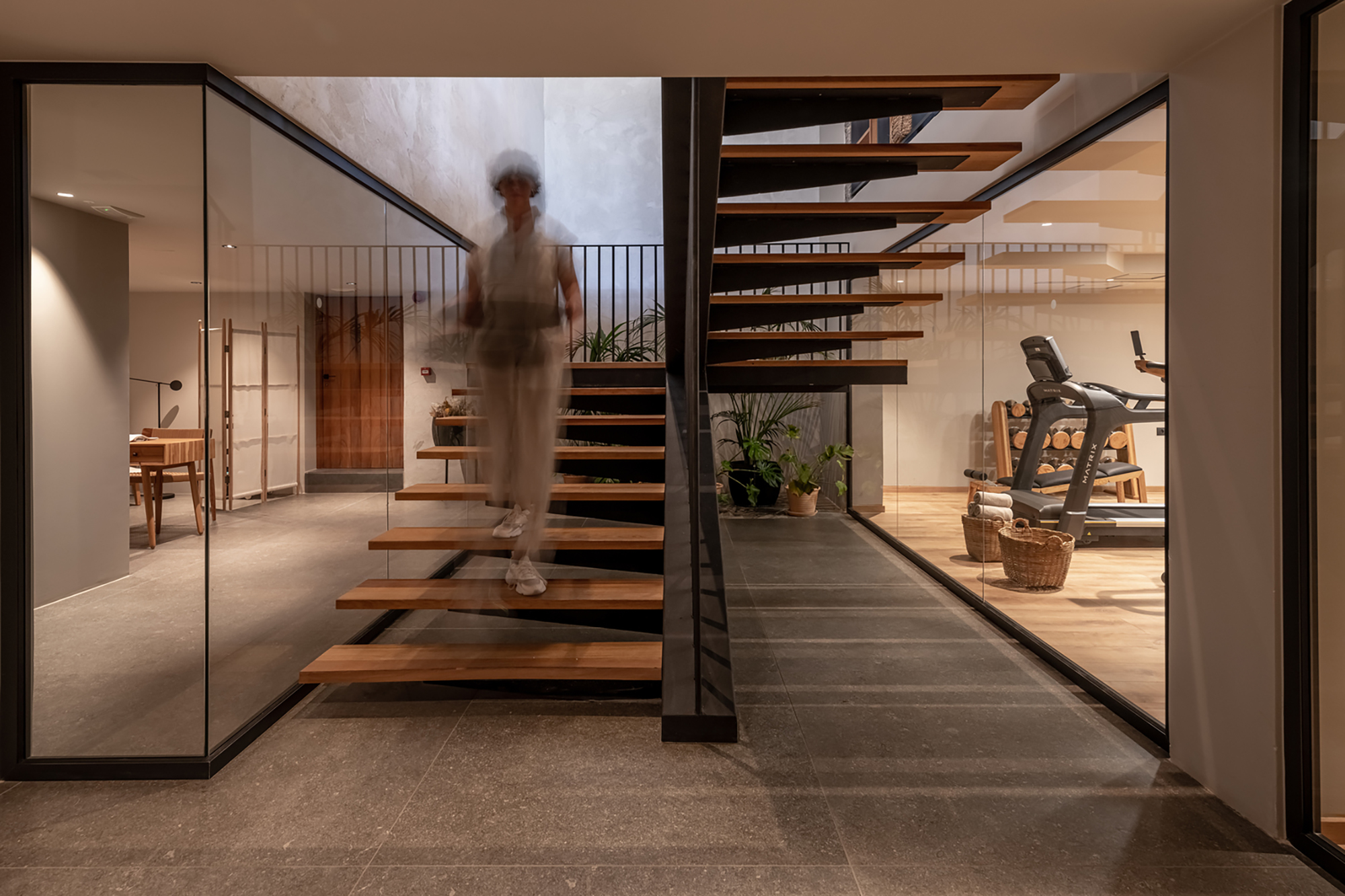
© Mastrominas ARChitecture, George Papapostolou, Brechenmacher & Baumann Photography
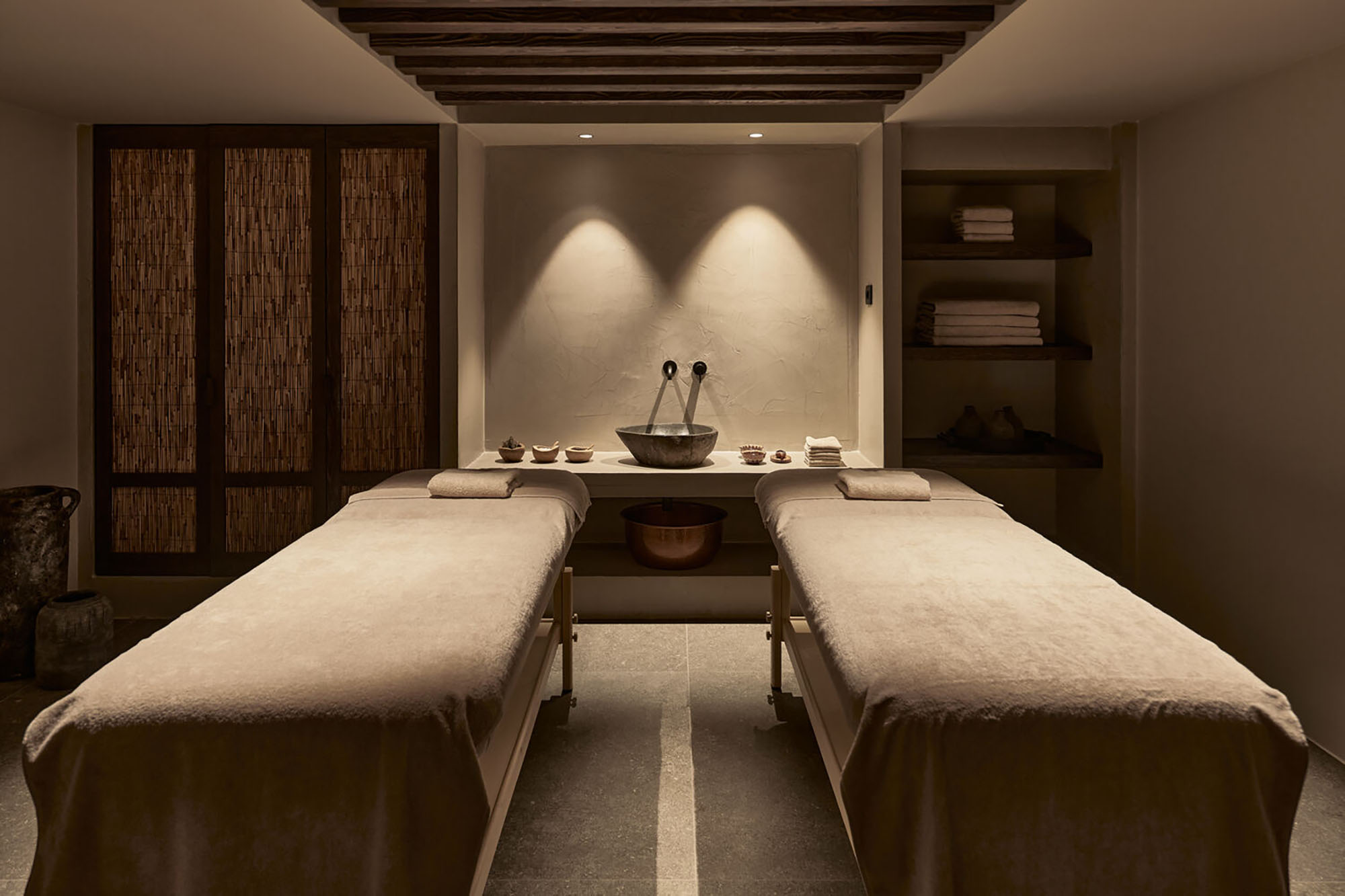
© Mastrominas ARChitecture, George Papapostolou, Brechenmacher & Baumann Photography
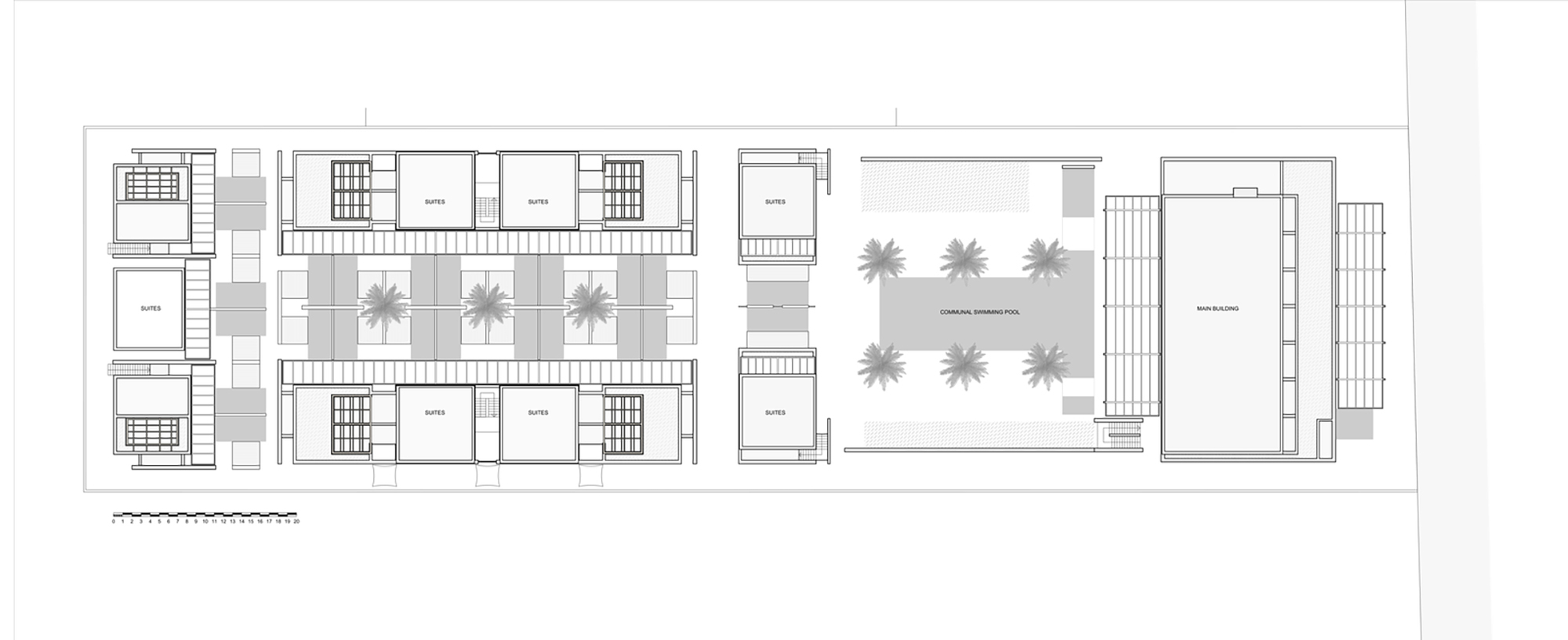
© Mastrominas ARChitecture, George Papapostolou, Brechenmacher & Baumann Photography
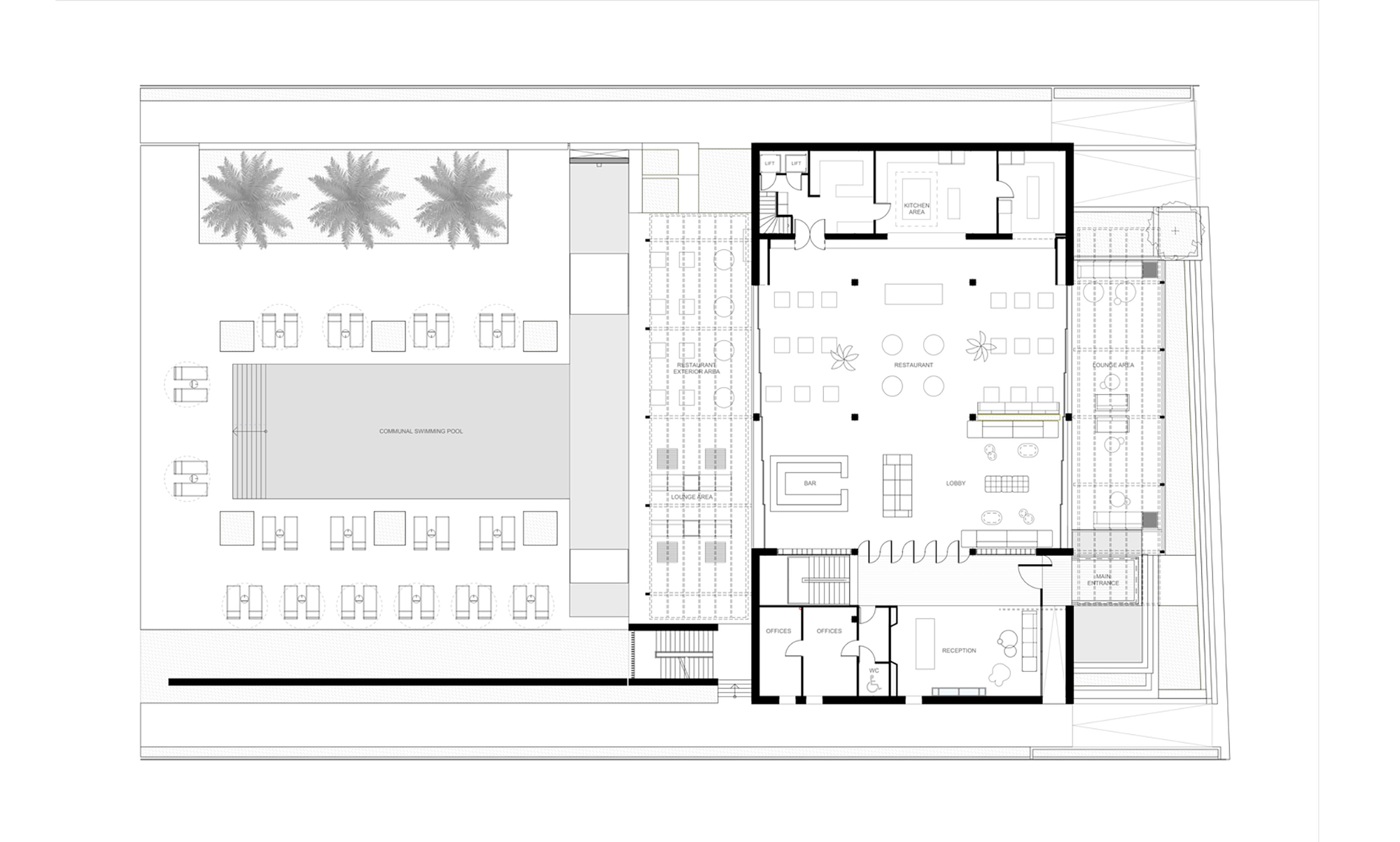
© Mastrominas ARChitecture, George Papapostolou, Brechenmacher & Baumann Photography
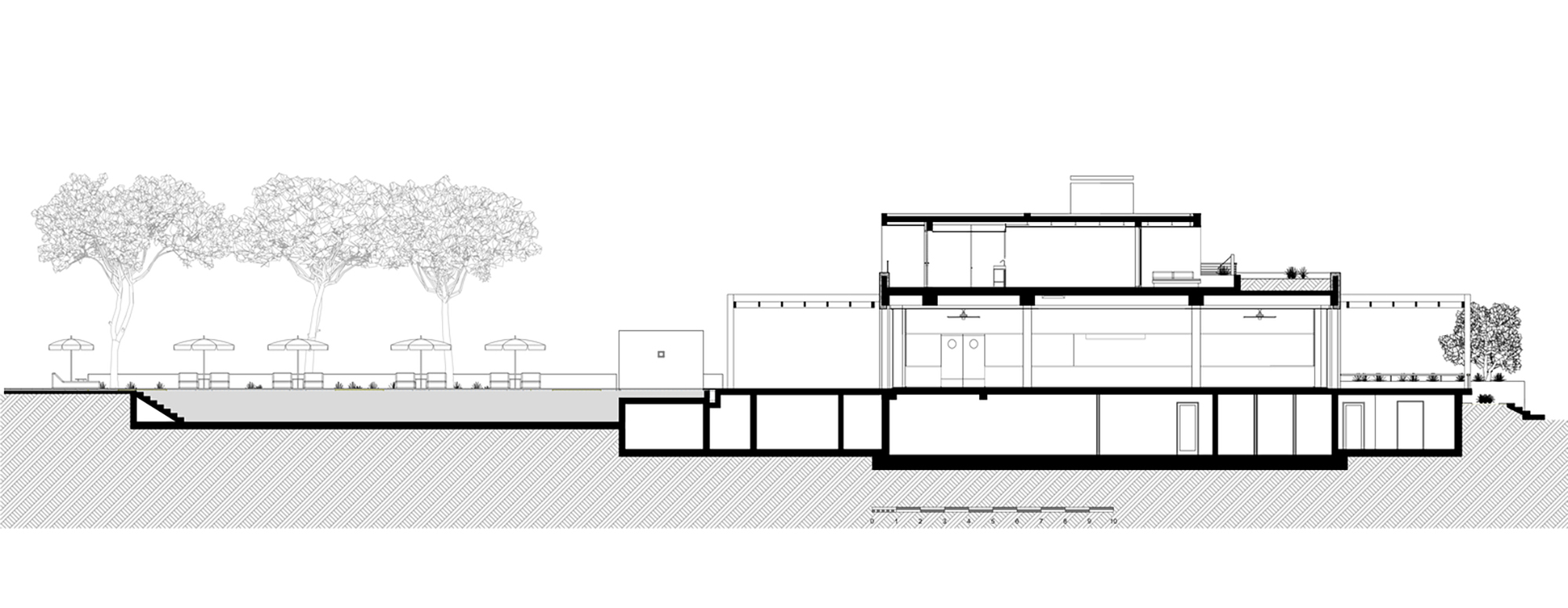
© Mastrominas ARChitecture, George Papapostolou, Brechenmacher & Baumann Photography
Project: Theros All Suite Hotel
Type: Hotels, sustainability
Location: Cos, Greece
Architects: Mastrominas ARChitecture
Area: 3100 m²
Year: 2022
Photographs: George Papapostolou, Brechenmacher & Baumann Photography
Manufacturers: Sika, Sto, B&B Italia, Alumil, Ethimo, Fantini, Kronos, Living Divani, Poliform, Titan, VESTAL
Lead Architects: Ilias Mastrominas
Type: Hotels, sustainability
Location: Cos, Greece
Architects: Mastrominas ARChitecture
Area: 3100 m²
Year: 2022
Photographs: George Papapostolou, Brechenmacher & Baumann Photography
Manufacturers: Sika, Sto, B&B Italia, Alumil, Ethimo, Fantini, Kronos, Living Divani, Poliform, Titan, VESTAL
Lead Architects: Ilias Mastrominas
Theros All-Suite Hotel is a blissful mystic world where childhood memories of a carefree summer are brought to life by the scents of jasmine, the swaying of palms in the Meltemi, and the rustling of reeds. Meaning SUMMER in ancient greek, THEROS is the epitome of slow living, a holistic experience of well-being, based on the ancient greek philosophy of “Ef-Zin” and the greek ideal for hospitality. Its modern design is based on the principles of traditional architecture and local history.
Our inspiration was the medieval castle of Kos town, the cottages, and the spatial arrangement of the island’s rural settlements. We reproduced the local stone construction idiom, as well as the natural landscape of the country and the exotic gardens of the town.
The greatest challenge for the design has been the extremely narrow plot, 40m wide by 150 m long. The entrance to the main building with its strict stone structure is through a wooden bridge over water. The welcoming reception with the monastic table is followed by the surprise of the single, simple but with multiple stimuli space, that invites the guests to the inner paradise of the western terrace with the central swimming pool. Reception, dining, and leisure functions develop freely, intensifying the feeling of relaxation. The large single openings on the two facades blur the boundaries between indoor and outdoor space and the functions freely flow towards the two terraces. Visual escapes are also free towards the eastern terrace with a row of eucalyptus trees and the beach.
The 47 suites are developed in introverted neighborhoods where the transition from the public - semi-public to the private space is marked by differentiation of materials, plantings, and finally the quality of the spaces. The peripheral straight paths of the complex are defined by reeds on one side and by continuous stone walls on the other. The blind solid stone walls protect the privacy of the rooms, while minimal narrow openings offer natural cooling. Passing through the castle doors to the communal courtyards with the clay pots with basils, leads to the discovery of the hidden paradise, with the private pools and the tropical vegetation of plants traditionally found in the town of Kos.
All ground-floor suites have private pools and are surrounded by palm and olive trees. The upper-floor suites have large verandas hammocks and roof gardens. The neutral colors and natural materials in the interior of the rooms integrate with the exterior.
The bioclimatic architecture is enhanced by the investment in modern building technologies and the central electronic room control (KNX), aiming at sustainability and environmental ethics. A key element of the gardens is the use of native Mediterranean species (olive trees, palms, cypresses, lemon trees, aromatic-medicinal herbs of the Hippocratic healing tradition), that have minimal water requirements. A farm-to-table spot provides organically grown cherry tomatoes, for the kitchen.
Our inspiration was the medieval castle of Kos town, the cottages, and the spatial arrangement of the island’s rural settlements. We reproduced the local stone construction idiom, as well as the natural landscape of the country and the exotic gardens of the town.
The greatest challenge for the design has been the extremely narrow plot, 40m wide by 150 m long. The entrance to the main building with its strict stone structure is through a wooden bridge over water. The welcoming reception with the monastic table is followed by the surprise of the single, simple but with multiple stimuli space, that invites the guests to the inner paradise of the western terrace with the central swimming pool. Reception, dining, and leisure functions develop freely, intensifying the feeling of relaxation. The large single openings on the two facades blur the boundaries between indoor and outdoor space and the functions freely flow towards the two terraces. Visual escapes are also free towards the eastern terrace with a row of eucalyptus trees and the beach.
The 47 suites are developed in introverted neighborhoods where the transition from the public - semi-public to the private space is marked by differentiation of materials, plantings, and finally the quality of the spaces. The peripheral straight paths of the complex are defined by reeds on one side and by continuous stone walls on the other. The blind solid stone walls protect the privacy of the rooms, while minimal narrow openings offer natural cooling. Passing through the castle doors to the communal courtyards with the clay pots with basils, leads to the discovery of the hidden paradise, with the private pools and the tropical vegetation of plants traditionally found in the town of Kos.
All ground-floor suites have private pools and are surrounded by palm and olive trees. The upper-floor suites have large verandas hammocks and roof gardens. The neutral colors and natural materials in the interior of the rooms integrate with the exterior.
The bioclimatic architecture is enhanced by the investment in modern building technologies and the central electronic room control (KNX), aiming at sustainability and environmental ethics. A key element of the gardens is the use of native Mediterranean species (olive trees, palms, cypresses, lemon trees, aromatic-medicinal herbs of the Hippocratic healing tradition), that have minimal water requirements. A farm-to-table spot provides organically grown cherry tomatoes, for the kitchen.
Source: Mastrominas ARChitecture
m i l i m e t d e s i g n – w h e r e t h e c o n v e r g e n c e o f u n i q u e c r e a t i v e s
m i l i m e t d e s i g n – w h e r e t h e c o n v e r g e n c e o f u n i q u e c r e a t i v e s
Since 2009. Copyright © 2023 Milimetdesign. All rights reserved. Contact: milimetdesign@milimet.com
































